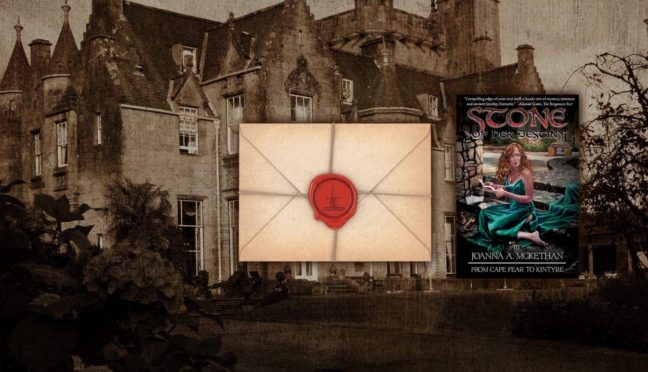Stealing Art, A Gentleman’s Crime

28 - 05
2020
And Big Words like ‘Provenance’
I find it all kinds of fun to follow art thefts. I began doing this while I lived in Germany in the seventies and eighties, even being offered a job by one of the art retrieval outfits. I liked the TV series “To Catch a Thief.”
I’m really fascinated by all the masterpieces stolen by the Nazis, and the repatriation of stolen works to their former owners–a ticklish operation when the new owner may have legitimately paid lots of money for the work with no idea of its journey along the way through thieves (a concept called ‘provenance’).
Just recently a Los Angeles man, Philip Righter, was convicted of selling fraudulently made works to a gallery in South Florida. The contemporary artists he forged were Jean-Michel Basquiat and Keith Haring for a million-dollar steal for which he plead guilty.
An FBI special agent announced this.
The scheme started with buying art forgeries on-line, at marketplaces and auction sites. Supplied with fakes, the schemer wrote up letters with embossed signatures claiming their authenticity. Using those letters he approached a gallery, piqued interest, sent forgeries to a warehouse nearby and sent a bill for a mill, plus, requesting the money wired, which turned around to bite him in one of the charges against him of mail fraud. All told, his possible prison time could be 22+ years.
In California he tried the same thing with additional artists like Andy Warhol.
If you like collecting art and scour secondhand markets for it, it might pay you to learn as much about provenance, the word and especially a written description of the painting or sculpture’s ownership journey, as you can.
Picture: Book II, The Tarbert Legacy, baking. Pix: Seals and Castles Speak Authenticity

Leave A Reply
You must be logged in to post a comment.